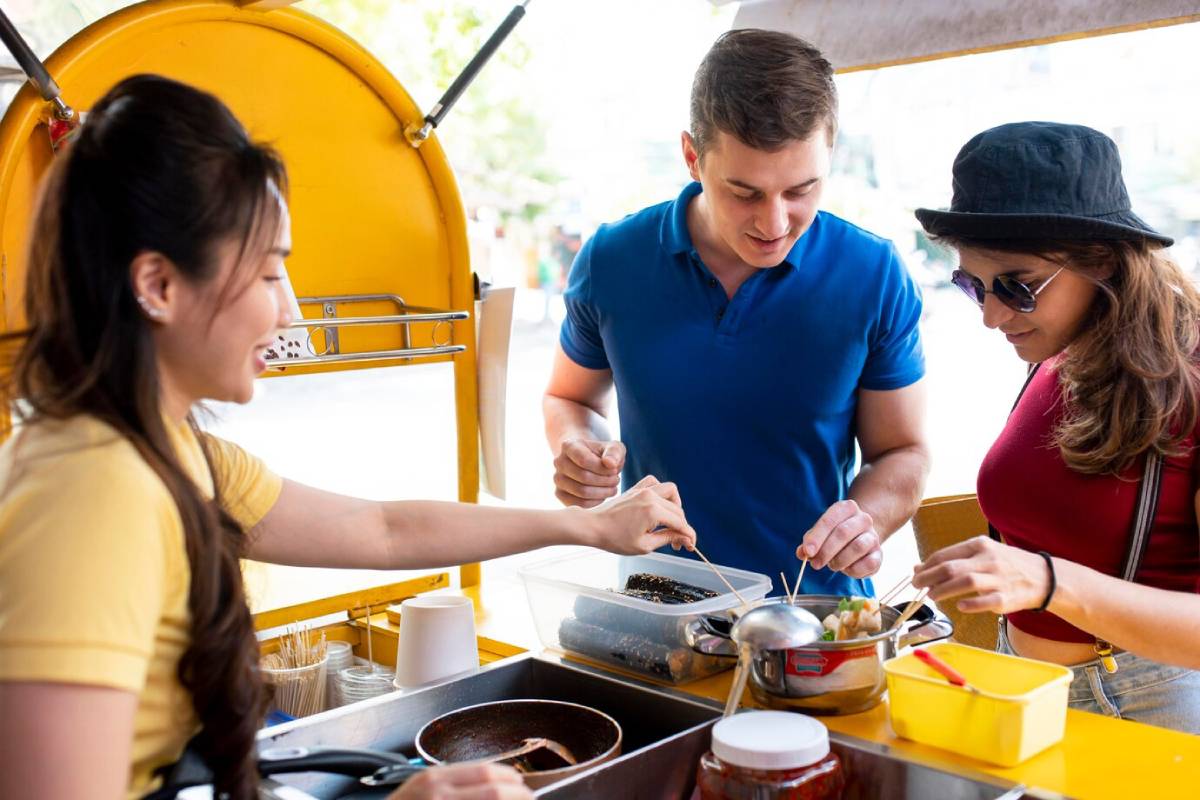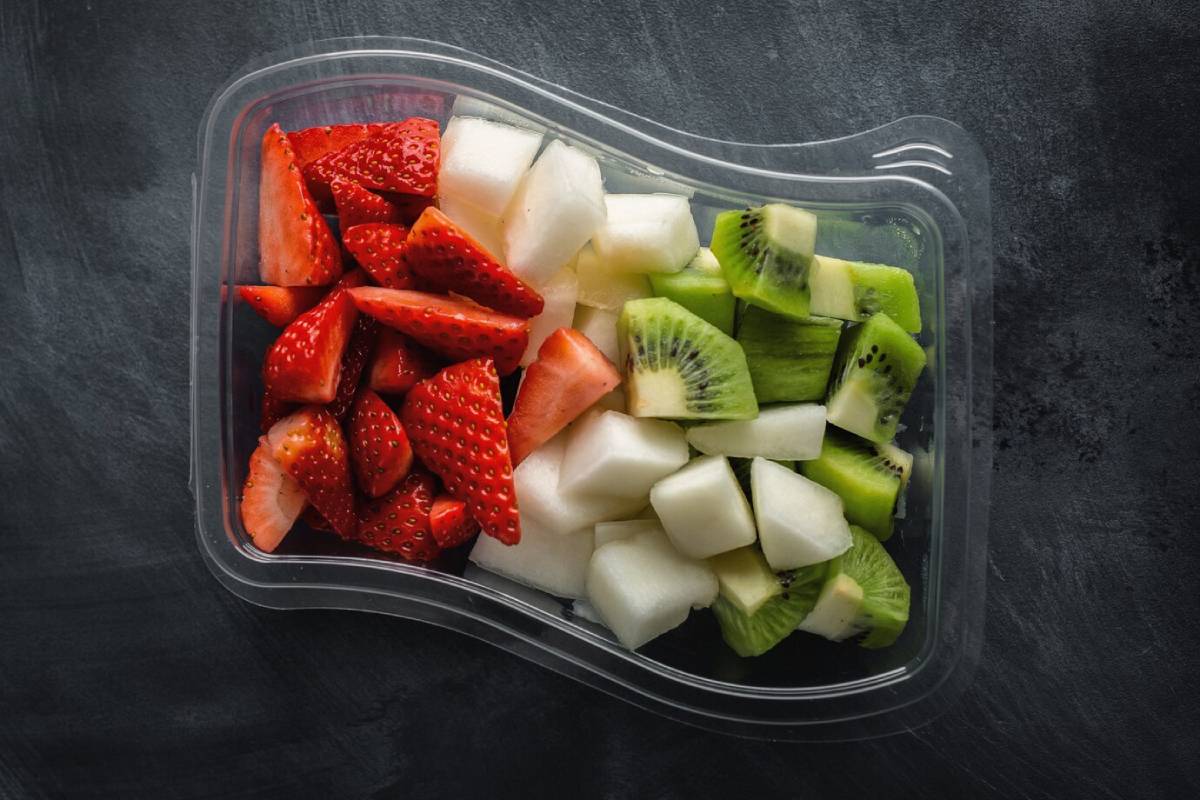Travel Blog

Dining Sustainably While Travelling
Travelling is often a feast for the senses — and for your taste buds! From spicy street food in Bangkok to croissants in a Parisian café, exploring through food is one of the greatest joys of being on the road. But with all that deliciousness comes something less appetising: waste.
Think disposable cutlery, plastic takeaway boxes, leftover food tossed into bins. It adds up — and fast.
But here’s the good news: sustainable travel eating is absolutely possible. With a few thoughtful choices and the right mindset, you can still enjoy every bite — without harming the planet.
This guide shows you how to enjoy zero-waste dining while travelling. We’ll cover making your own eco-friendly food kit and picking restaurants that match your sustainable values. You’ll discover easy, clever ways to stay green and enjoy global flavours — all while keeping the fun.
Why Dining Sustainably Matters When You Travel
The Problem With Conventional Travel Eating
Let’s be real. Travel dining often comes with:
- Single-use plastics: straws, forks, cling film, coffee lids
- Over-packaged snacks: chips, biscuits, instant noodles
- Leftovers that end up in hotel bins
- Non-recyclable takeaway packaging
The World Wildlife Fund says tourism causes millions of tonnes of plastic waste every year. A lot of this waste comes from food.
Every Bite Can Make a Difference

Dining sustainably isn’t about restriction — it’s about eating consciously. Choosing eco-friendly food options helps reduce waste, supports local businesses, and often leads to healthier meals.
And bonus: you might even discover hidden foodie gems that don’t rely on plastic packaging.
Smart Packing: Your Zero-Waste Dining Kit
Before you even leave home, pack a zero-waste dining kit. These small items make a massive impact and save you from relying on disposables.
What to Pack:
- Reusable cutlery (bamboo or stainless steel)
- Collapsible container or tiffin for leftovers or takeaway
- Cloth napkin or bandana (doubles as a placemat or wrap)
- Stainless steel straw or silicone alternative
- Mason jar or collapsible cup for drinks or snacks
- Canvas tote bag or mesh produce bags
These tools are light, compact, and easy to wash. And they’ll keep your conscience (and your luggage) clean.
Choosing Where and What to Eat
Eat Local, Eat Fresh

Supporting local vendors is a win-win. You enjoy real flavours and also reduce carbon emissions from imported goods.
Choose:
- Farmers’ markets
- Local grocers or refill shops
- Street food stands that use minimal packaging
Avoid:
- Chain restaurants with excessive packaging
- Tourist traps selling imported fast food
Ask About Packaging
Don’t be shy! Politely ask restaurants:
“Can I have this in my own container?”
Most are happy to help, especially if you’re kind and clear. A smile goes a long way — and who knows, you might inspire others nearby to follow suit.
Dining In vs. Dining Out
Eating In
Cooking for yourself while travelling might seem like a hassle. But it’s actually fun, cheap, and very eco-friendly.
If you’re staying in:
- Airbnbs
- Hostels with kitchens
- Eco-lodges or farm stays
…consider making your own meals. Shop for fresh, unpackaged ingredients at a local market and enjoy the process.
Cooking your own food:
- Cuts packaging waste
- Helps you avoid processed, packaged goods
- Lets you try regional ingredients in a hands-on way
Top tip: Bring your own spice mix or salt packets from home in tiny containers to avoid buying full-sized bottles.
Eating Out (Without the Waste)
You don’t have to avoid restaurants — just choose them wisely.
Look For:
- Farm-to-table eateries
- Places offering vegan or vegetarian options
- Restaurants using biodegradable packaging
- Zero-waste cafés or eco-certified venues
Websites like HappyCow or the Zero Waste App can help you find these spots wherever you go.
Snack Sustainably On The Go
We’ve all been there. You’re hiking, sightseeing, or stuck on a bus, and hunger strikes. It’s easy to reach for a plastic-wrapped granola bar — but there’s a better way.
Pack Your Own Snacks:

- Nuts and seeds in small containers
- Fresh fruit (choose options with natural peels)
- Homemade trail mix in a cloth pouch
- Leftovers from breakfast wrapped in beeswax paper
Refillable containers and cloth bags are brilliant for carrying bites without the waste.
Avoiding Food Waste While Travelling
Wasting food is wasteful in more ways than one. It wastes the energy, water, and effort that went into growing, harvesting, and cooking it.
Here’s How to Minimise Food Waste:
- Split portions if the serving size looks big
- Share dishes with your travel companions
- Pack leftovers using your container
- Compost if possible: Some hostels, farms, and eco-hotels offer compost bins
Saving your leftovers is always better than throwing them away, even if you can’t compost.
Eco-Friendly Hydration: Say No to Bottled Water
In many countries, drinking water safety is a concern — but that doesn’t mean you have to rely on plastic bottles.
Try These Alternatives:
- Water bottle with built-in filter (e.g., LifeStraw, Grayl)
- Boil water and store it in a reusable bottle
- Use purification tablets or UV pens
Staying hydrated without plastic is easy now. Many airports and public places have water refill stations.
Sustainable Street Food: Is It Possible?
Yes — with the right approach.
Tips for Enjoying Street Food Sustainably:
- Choose stalls that serve on reusable plates
- Avoid places using excessive foam or plastic
- Ask if you can use your own container
- Eat in rather than take away — it reduces packaging
In many cultures, eating on the spot is the norm anyway. Take a moment to enjoy the flavours, the chatter, and the community vibe.
Apps and Resources to Support Your Eco-Friendly Food Choices
Tech can be a powerful ally in your sustainable travel journey.
Handy Apps:
- aHappyCow – Find vegan and eco-conscious restaurants worldwide
- Too Good To Go – Rescue leftover meals from cafés and restaurants
- Zero Waste App – Locate zero-waste shops and refill stations
- Refill – Find water bottle refill spots
These apps make it easier to plan ahead and make smarter, greener choices wherever you go.
Taste the World, Leave No Trace
Dining sustainably while travelling doesn’t mean missing out — it means showing up more fully. More connected. More respectful. More deliciously engaged with the places and people you encounter.
With your zero-waste kit ready and some mindful habits, you can enjoy all the flavours the world has to offer. You won’t leave any trash behind.
From sipping coconut water on a beach with your reusable straw to cooking lentils in a village kitchen, these are the stories you’ll remember — and the footprint you’ll be proud to leave.









